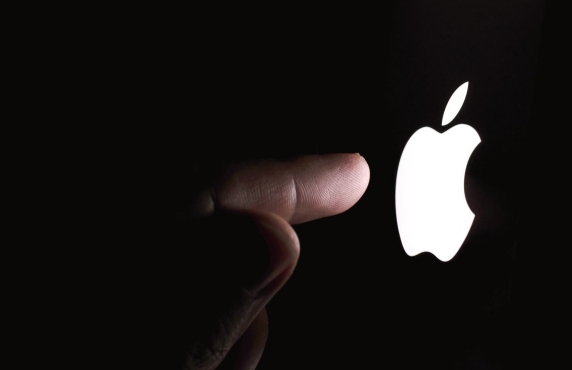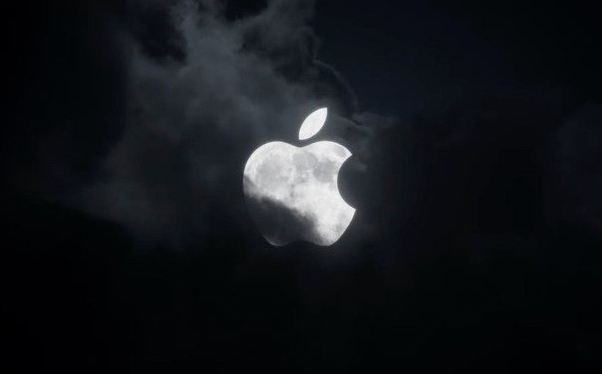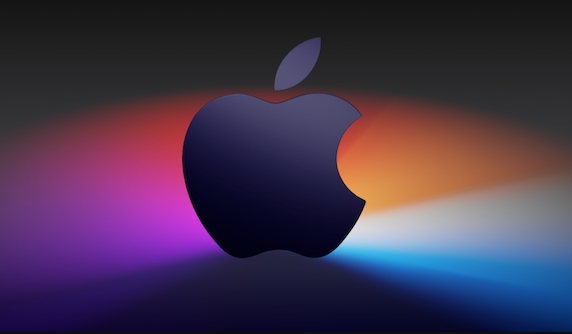Changing Mac folders and file icons can be achieved through the system's own features or third-party tools. First, right-click the target folder in Finder, select "Show Introduction", click the top icon and copy the new icon with Command C, then click the icon area and paste it with Command V; secondly, if you need to replace the icons of a specific type of file, you can paste the new icon in the "Show Introduction" of any file, and then enter the "Retrieve Preferences" → "Tags" page and click "Restore Default"; finally, use third-party tools such as LiteIcon or iFancy to batch replace icons more conveniently. Operations usually include downloading and installing tools, dragging in icon files, selecting target objects, and applying changes.

It is actually not difficult to modify the icons of files and folders on your Mac, but many people don’t know where to start at the beginning. In fact, the system has its own functions that support changing icons. Whether you want to distinguish project folders or make the desktop more refreshing, you can do it yourself.

How to change the icon of your Mac folder
The Mac's Finder itself provides the option to change folder icons without the need for additional software. The steps are as follows:
- Open "Finder", right-click the folder you want to modify, and select "Show Introduction"
- At the top of the introduction window you will see a small icon, which is the default standard blue folder style
- Click this small icon, and press
Command Cto copy the new icon you want to replace (you can download it online or use the picture that comes with the system) - Return to the introduction window, click the icon area, and then press
Command Vto paste it in and take effect
Note: The new icon is preferably in .icns or .png format and is of the right size, otherwise it may display blur.

How to change icons for specific file types
If you want all files of a certain type (such as .txt text) to use a unified new icon, you need to set it a little deeper:
- Prepare the icon file you want to use (recommended .icns format)
- Find any file corresponding to the file type, right-click → "Show Introduction"
- Also paste new icons in the icon position
- The key to this step: After pasting, close the window, and then enter the "Retrieve Preferences" → "Tags" page, and click "Restore Default"
After setting this way, all files of the same type will be unified into the icons you set.

However, this method has certain limitations, and some file types may not be updated all, especially formats with strong system protection.
Use third-party tools to manage icons more easily
If you often need to change icons, or don't want to manually process each image format, consider some lightweight tools such as LiteIcon or iFancy . These tools can help you batch replace icons, preview effects, and even restore original icons.
How to use it is usually:
- Download and install tools
- Drag in the icon file you have prepared
- Select the target object (user icon, system icon, etc.)
- Just apply and confirm
It should be noted that some tools may prompt you to enter an administrator password, which is normal because they require permission to modify system resources.
Basically these methods. Changing icons is simple and simple, and there are some details to pay attention to, especially the format and permissions of the icons. As long as you follow the steps, it can usually be done.
The above is the detailed content of How to change icons for files and folders on Mac. For more information, please follow other related articles on the PHP Chinese website!

Hot AI Tools

Undress AI Tool
Undress images for free

Undresser.AI Undress
AI-powered app for creating realistic nude photos

AI Clothes Remover
Online AI tool for removing clothes from photos.

Clothoff.io
AI clothes remover

Video Face Swap
Swap faces in any video effortlessly with our completely free AI face swap tool!

Hot Article

Hot Tools

Notepad++7.3.1
Easy-to-use and free code editor

SublimeText3 Chinese version
Chinese version, very easy to use

Zend Studio 13.0.1
Powerful PHP integrated development environment

Dreamweaver CS6
Visual web development tools

SublimeText3 Mac version
God-level code editing software (SublimeText3)
 How to Remove Old Devices from Apple ID on Mac
Jul 07, 2025 am 09:08 AM
How to Remove Old Devices from Apple ID on Mac
Jul 07, 2025 am 09:08 AM
If you've owned multiple Apple devices over the years, you might find yourself in a situation where some of those older Macs, iPhones, iPads, or other Apple hardware have been sold, given away, or traded. No matter how they left your possession, it's
 How to Play Fortnite on Mac with FnMacAssistant & Sideloadly
Jul 05, 2025 am 09:21 AM
How to Play Fortnite on Mac with FnMacAssistant & Sideloadly
Jul 05, 2025 am 09:21 AM
Fortnite is once again available for iPhone and iPad users, bringing joy to many gamers. However, there's still no official version for Mac (at least not yet). Despite that, Apple Silicon Mac owners aren’t completely out of luck—you can run the iOS/i
 How to Enable iCloud Private Relay on Mac
Jul 05, 2025 am 09:36 AM
How to Enable iCloud Private Relay on Mac
Jul 05, 2025 am 09:36 AM
iCloud Private Relay is an excellent privacy feature included with the iCloud subscription, designed to safeguard your online activity and browsing by masking your IP address (using a temporary one) and encrypting DNS lookups. This prevents third pa
 How to Allow Apps During Downtime on Mac
Jul 04, 2025 am 09:03 AM
How to Allow Apps During Downtime on Mac
Jul 04, 2025 am 09:03 AM
Are you using Screen Time to manage your or your child’s Mac usage? If yes, you likely already know that it allows you to set app limits, schedule downtime on the Mac, and more. Additionally, you can also choose specific apps that remain accessible a
 How to Make MacOS Sequoia Feel Faster: Tips to Speed Up Slow MacOS
Jul 05, 2025 am 09:28 AM
How to Make MacOS Sequoia Feel Faster: Tips to Speed Up Slow MacOS
Jul 05, 2025 am 09:28 AM
macOS Sequoia is a solid operating system that brings some impressive features like iPhone Mirroring, and while performance is excellent for many users, not everyone experiences the same level of speed. If you're finding macOS Sequoia slower than pre
 How to See All Links Shared in Messages on iPhone & iPad
Jul 05, 2025 am 09:31 AM
How to See All Links Shared in Messages on iPhone & iPad
Jul 05, 2025 am 09:31 AM
If you frequently use iMessage, then you've likely shared numerous web links in your chats — maybe an article, a video, a tweet, a song, or anything else. Locating these links later can be quite frustrating, but thankfully there's a simpler method th
 Create a MacOS Tahoe 26 Beta VM with Three Commands in Terminal Using tart
Jul 06, 2025 am 09:28 AM
Create a MacOS Tahoe 26 Beta VM with Three Commands in Terminal Using tart
Jul 06, 2025 am 09:28 AM
Advanced Mac users familiar with the command line can swiftly set up a MacOS Tahoe 26 beta virtual machine by entering a few commands into Terminal, using tart. Tart is a command-line utility for managing virtual machines and offers one of the quicke
 WindowServer Quit Unexpectedly: How to Fix It on Mac Air/Pro?
Jul 05, 2025 am 09:17 AM
WindowServer Quit Unexpectedly: How to Fix It on Mac Air/Pro?
Jul 05, 2025 am 09:17 AM
What is WindowServer and why is it importantWindowServer is a core macOS process that manages how apps and windows appear on screen. It handles GUI rendering, controls internal and external displays, and enables all vis






